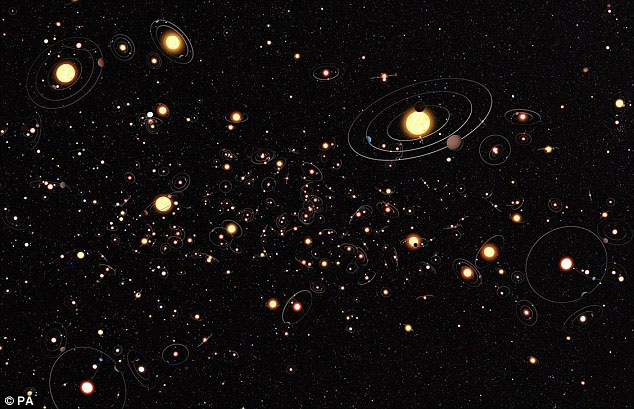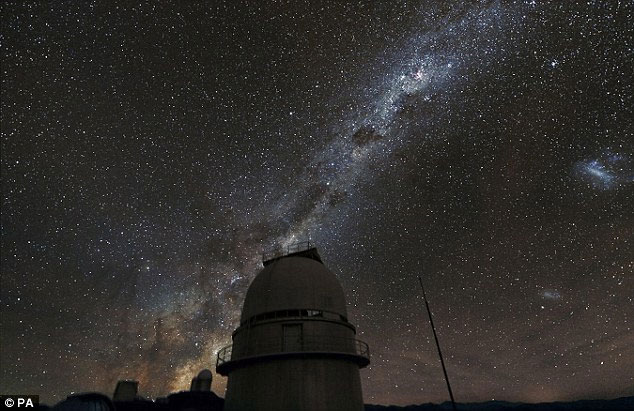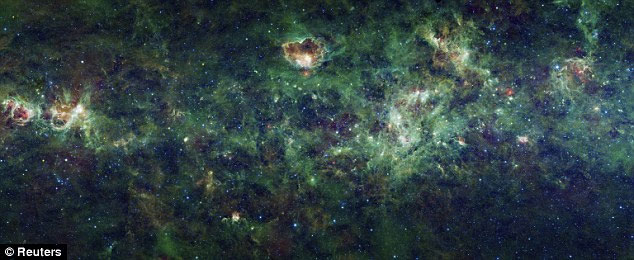There are billions of planets like Earth
Up to 10 billion stars in the Milky Way have satellites orbiting in an orbit suitable for life.
Astronomers have come to this conclusion after a six-year study whereby planets that humans can live are actually very common in galaxies.The 'live' trajectory, also known as Godilock orbit , allows planets that are neither too hot nor too cold, enough to allow water to survive under liquid on the surface and facilitate for life.
Earlier, using data from NASA's Kepler, the University of San Dieger researchers announced the discovery of two new solar systems, where the planets also revolved around two large stars like the Tatooine planet. in the fantasy movie Star Wars.

Despite this, scientists insist that a planet with proper conditions for life does not mean that life has evolved on it.
Over the past 16 years, astronomers have detected more than 700 'exoplanet' , meaning exoplanets (planets orbiting stars far away). However, none of them are similar to the earth: They are giant gas planets like Jupiter and Saturn, composed mainly of helium and hydrogen. And of course, there is little hope of finding life there.
In order to find exoplanets, astronomers rely on only two ways: 1 / detecting tiny star vibrations, caused by the gravitational pull of the planet or 2 / searching for moments starlight weakens because the planet flies across the face.

However, both of these are not suitable for finding small planets like Earth in the Godilock region.
According to Dailymail , with new research, scientists have adopted a completely different method of exaggerating gravity . They use the star's gravity as a microscope to break light.
If any planet is orbiting that star, the light signal will be bounced or blocked, astronomers say.

The new method has brought about unexpected results.'In just 6 years from 2002 - 2007, we have observed 500 stars with high resolution,' said Dr. Uffe Grae Jorgensen, Head of the Astronomy and Planetary Department of the University of Copenhagen.
Combining the exoplanet findings, Jorgensen's team believes that about 10 billion of the 100 billion stars of the Galaxy range can have planets orbiting Godilock.
- The Milky Way has billions of planets close to Earth
- Discover more than 700 planets outside the solar system
- Journey more than two decades to explore the outer planet
- Discovered 'Earth materials' in 18 other planetary systems
- Discovering 'Earth Stone' has 3 suns at the same time
- Why can't we 'encounter' aliens?
- Discovering earth-like planets are the hottest planets
- Why are planets spherical, and meteorites?
- Detecting the outer three planets about the size of the Earth
- 60 billion planets can support life
- The most exotic new planets 2012
- The super-Earth planet may contain life
 Van Allen's belt and evidence that the Apollo 11 mission to the Moon was myth
Van Allen's belt and evidence that the Apollo 11 mission to the Moon was myth The levels of civilization in the universe (Kardashev scale)
The levels of civilization in the universe (Kardashev scale) Today Mars, the sun and the Earth are aligned
Today Mars, the sun and the Earth are aligned The Amazon owner announced a secret plan to build a space base for thousands of people
The Amazon owner announced a secret plan to build a space base for thousands of people Chilling discovery of cosmic object that almost brought the Earth to 'apocalypse'
Chilling discovery of cosmic object that almost brought the Earth to 'apocalypse'  Admire 7 planets in the Solar System appearing at the same time in the night sky
Admire 7 planets in the Solar System appearing at the same time in the night sky  Does the Solar System have 5 more planets similar to Earth?
Does the Solar System have 5 more planets similar to Earth?  New discovery: 7 Earth-like planets that could be habitable
New discovery: 7 Earth-like planets that could be habitable  6 habitable planets discovered at the same time
6 habitable planets discovered at the same time  Strange Phenomenon: Why Are Planets 'Running Away' From the Sun Despite Their Extremely Strong Gravitational Force?
Strange Phenomenon: Why Are Planets 'Running Away' From the Sun Despite Their Extremely Strong Gravitational Force? 